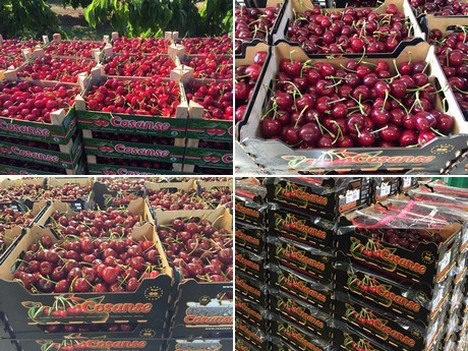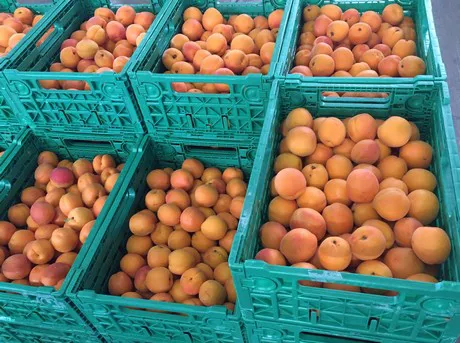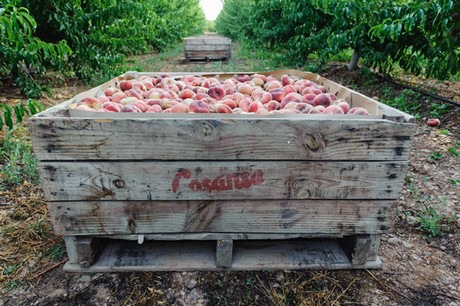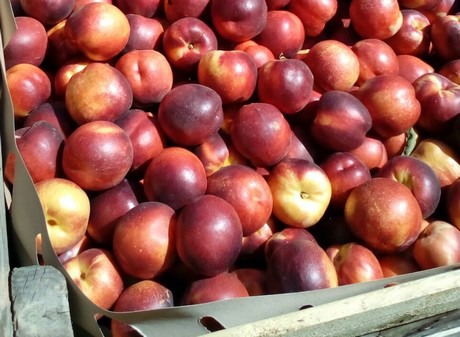The cherry season is coming to an end in Zaragoza, where the rains have cut the production in half. At the same time, the apricot harvest has just started and the production volume is expected to be 30% of what was harvested last season; a result of the impact of frost in spring.

"Both cherries and apricots are products with high added value for us, which is why we have experienced a considerable loss of turnover," says Sergio Alonso, of the sales department of Cosanse, the largest cooperative producer of stone and pome fruit from Zaragoza.

"The cherry season has been considerably shortened due to the low supply, from six to three weeks. Every time we started with a new variety, it rained again and it spoiled the fruit. The truth is that it has never rained so much in this area. This will be a year with a very small cherry and apricot supply in Europe," says the sales representative.

Recently, Cosanse started also with the harvest and marketing of the first nectarines and Paraguayo peaches. In about ten days they will start with the first red and yellow peaches.
"This year, our greatest hope is that yellow peaches of the pavia type will do well, as we have almost the entire harvest. We believe that it may even be the best alternative for Spanish supermarkets when it comes to promotions. It is a fruit that is traditionally consumed in Spain and which is gaining more prominence after some years with nectarines and other types of peaches winning market share," says Sergio Alonso.
The prices of nectarines, peaches and Paraguayo peaches have been high since the campaign kicked off in the earlier areas, driven by the good demand. "Although there is still uncertainty about how the campaign will develop after so many setbacks, we see that the demand from Spain's large retail sector has remained strong since the state of alarm was declared in the country. This year, sales in the domestic market entail fewer risks and similar profits to those obtained from exports. We are convinced that we will continue to grow this year in this market and that we will focus on it in this year of fruit shortages."

Despite the fact that we have higher production costs this year due to the measures to prevent the spread of the coronavirus, we will try to take the minimum amount of risks possible this campaign, efficiently managing our small supply and preventing incidents. It is worth mentioning that despite the challenging situation, the agricultural sector is coming out stronger from this health crisis, since we deal with essential products," says Sergio Alonso.
 For more information:
For more information:
Sergio Alonso Zaragoza
Sociedad Cooperativa Agraria San Sebastián(COSANSE)
T: +34 976600050
admincosanse@cosanse.com
www.cosanse.com
